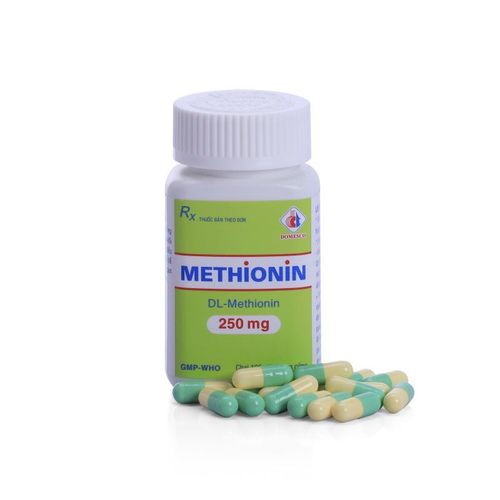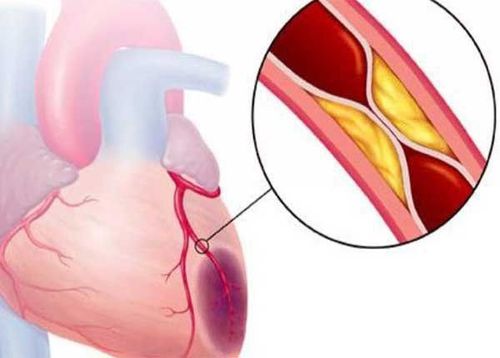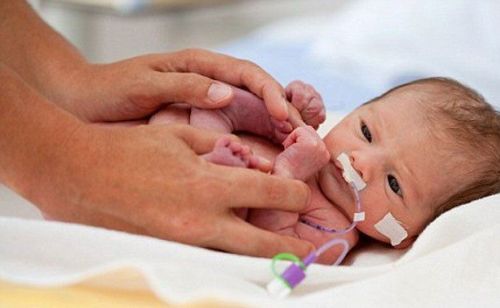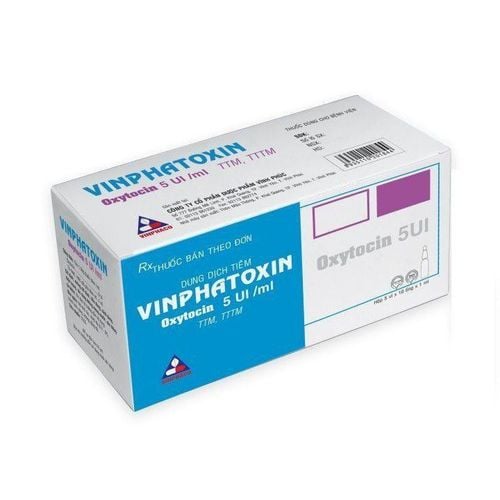This is an automatically translated article.
This article is professionally consulted by Master, Doctor Vu Huu Thang - Emergency Medicine Doctor - Emergency Resuscitation Department - Vinmec Ha Long International Hospital.Eclampsia is a serious complication of preeclampsia. These are two rare diseases that cause serious consequences when high blood pressure causes women to have seizures during pregnancy.
1. What are pre-eclampsia and eclampsia?
Preeclampsia and eclampsia are two symptomatic diseases of pregnancy associated with the development or exacerbation of high blood pressure around the 20th week of pregnancy or shortly after delivery. Preeclampsia, formerly known as "toxemia of pregnancy", is a condition that develops during pregnancy characterized by high blood pressure and protein in the urine. If not recognized and managed properly, preeclampsia can progress to eclampsia.
High blood pressure is dangerous during pregnancy because it interferes with the placenta's ability to deliver oxygen and nutrients to the fetus. Babies are born with a lower-than-normal birth weight, with other health problems, and may need to be delivered early.
If the mother's blood pressure continues to rise higher, the kidneys will have problems working. Pregnant women may experience blood problems such as destruction of red blood cells leading to anemia, liver dysfunction and thrombocytopenia. In cases where there are too few platelets, there is an increased risk of uncontrolled bleeding during labor. Additionally, high blood pressure can cause the placenta to begin to separate from the wall of the uterus, known as placental abruption. When placenta abruption will lead to severe bleeding, even death of both mother and baby.
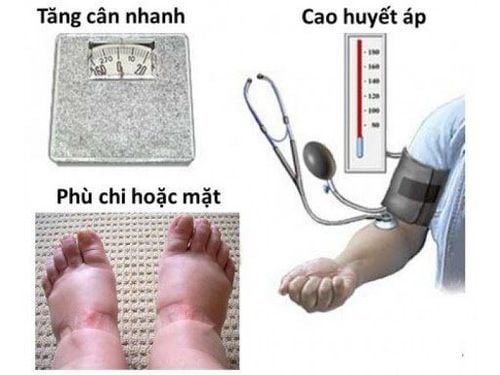
If a woman starts having seizures due to preeclampsia, she will be diagnosed with eclampsia. This is a life-threatening situation for both mother and fetus because during a seizure, both mother and fetus are at risk of hypoxia.
Trắc nghiệm: Dấu hiệu tiền sản giật là gì?
Tiền sản giật là 1 trong những biến chứng của thai kỳ đặc trưng bởi huyết áp cao và có dấu hiệu tổn thương hệ thống cơ quan khác, thường là gan và thận. Tiền sản giật hay gặp ở sản phụ mang thai sau 20 tuần, việc nhận biết các dấu hiệu sớm của tiền sản giật là vô cùng quan trọng để can thiệp kịp thời, bảo đảm sức khỏe cho mẹ và con.The following content is prepared under supervision of Thạc sĩ, Bác sĩ y khoa, Tạ Quốc Bản , Sản phụ khoa , Khoa Sản phụ khoa - Bệnh viện Đa khoa Quốc tế Vinmec Phú Quốc
2. Causes of preeclampsia and eclampsia
The cause of preeclampsia remains unclear. Most theories suggest that the cause could be abnormal fetal development, blood vessel problems, the immune system, or genetic factors.
In the US, 3% to 7% of pregnant women are diagnosed with preeclampsia. Any pregnant woman can develop preeclampsia, but if you have any of the following factors, your risk of developing preeclampsia is higher:
First pregnancy Your mother or sister has had preeclampsia preeclampsia or eclampsia during pregnancy Multiple pregnancy African American Pregnant woman under 20 years of age or over 35 years of age at the time of pregnancy Women with hypertension, kidney disease or diabetes Pregnant women with pre-eclampsia Pre-pregnancy body mass (BMI) greater than 30 Women who have had pre-eclampsia in a previous pregnancy
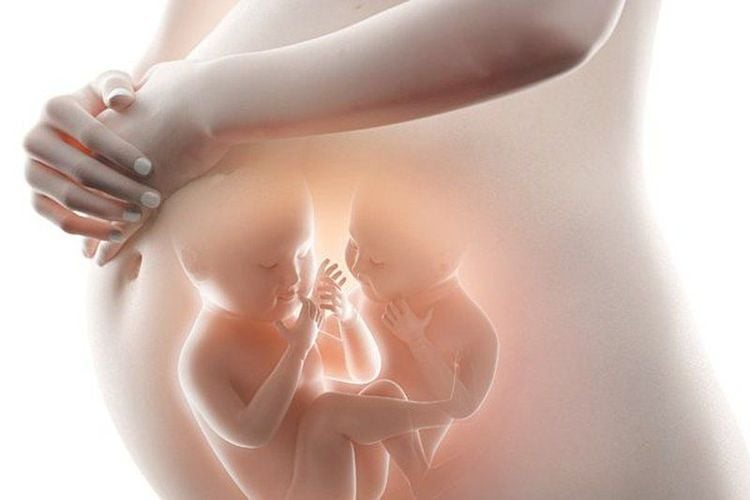
3. Diagnosis of preeclampsia and eclampsia
3.1 Preeclampsia To diagnose preeclampsia, a woman has high blood pressure and one or more of the following symptoms after the 20th week of pregnancy:
Protein in the woman's urine Low platelet count Declining liver function Signs of other kidney problems Fluid in the lungs Headaches or vision disturbances In the past, preeclampsia was diagnosed only if there was high blood pressure and protein in the urine. However, experts say that there are some cases of pre-eclampsia, but there is no protein in the urine.
A blood pressure reading above 140/90 mm Hg is abnormal during pregnancy. However, a high blood pressure reading does not mean that a woman has preeclampsia. If you have one reading in the abnormal range or a reading that's significantly higher than your usual blood pressure, your doctor will continue to closely monitor your blood pressure.
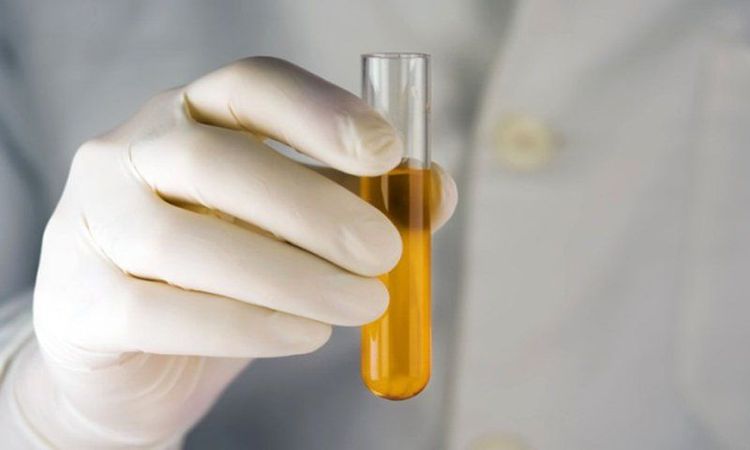
After 4 hours of re-measurement, if abnormal blood pressure continues to appear on the second reading, the doctor will suspect the woman has preeclampsia. Then, the doctor will order a number of tests such as:
Blood tests to check liver function, kidney function and platelet count. Urine analysis. Your doctor will instruct you to collect urine for 24 hours, to measure the amount of protein in the urine. And a urine sample will be taken to measure the protein and creatinine ratio which can also be used for diagnosis. Fetal ultrasound. The doctor closely monitors the baby's growth through ultrasound. The image of the fetus on an ultrasound allows the doctor to estimate the weight of the fetus and the amount of amniotic fluid. Nonstress test or biophysical profile. Nonstress is a simple technique performed to check how the fetal heart rate reacts when the fetus moves. Physiometry uses ultrasound to measure breathing, muscle tone, fetal movement, and the volume of amniotic fluid in the uterus.
3.2 Eclampsia The most common symptom of eclampsia is seizures. Similar to preeclampsia, other changes and symptoms may also be present and vary depending on which organs are affected. These changes can affect the mother, the fetus, or more commonly both the mother and the fetus.
The risk of eclampsia increases when blood pressure rises above 160/110 mm Hg. The kidneys are not effective at filtering the blood, so the excretion of protein in the urine is abnormal. Nervous system changes such as blurred vision, seeing spots, severe headaches, seizures, and sometimes blindness. Changes affecting the liver cause upper abdominal pain. This pain can be confused with pain from indigestion or gallbladder disease. The increased blood pressure of preeclampsia can reduce blood flow to the fetus, thereby reducing fetal growth. As a result, the fetus may be smaller than a healthy fetus. In severe cases, fetal movement can be reduced due to impaired fetal oxygenation. Therefore, if the mother feels that the fetus is less mobile or less mobile, she should go to a medical facility immediately.
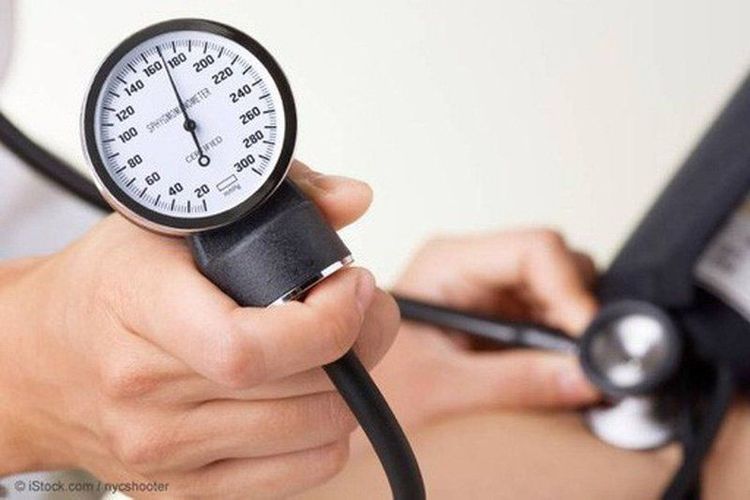
4. Principles of management of pre-eclampsia and eclampsia
The most effective treatment for preeclampsia and eclampsia is childbirth. Because you are at risk of seizures, placental abruption, stroke, and possibly serious bleeding until your blood pressure drops. However, giving birth too early is not the best thing for the baby.
If you are diagnosed with preeclampsia, your doctor will instruct you on how often to have antenatal checkups, which may be more frequent than in women without preeclampsia. During each visit, you will also need more tests.
Possible treatments for preeclampsia may include: Antihypertensives, corticosteroids, and anticonvulsants.
In the case of severe preeclampsia, the mother may need to be hospitalized to monitor the health of both mother and fetus. If a woman is diagnosed with preeclampsia near the end of her pregnancy, her doctor may recommend immediate labor. In severe cases, the doctor may not be able to consider the gestational age or degree of cervical dilation, inducing labor or caesarean section. During delivery, you may be given intravenous magnesium sulfate to prevent convulsions.
If you need pain medication after giving birth, your doctor may prescribe some NSAIDs, such as ibuprofen and naproxen sodium. After giving birth, it may take some time for your blood pressure to return to normal and the symptoms of preeclampsia and eclampsia to be treated.
Eclampsia is a medical emergency and is treated with medication to control seizures and maintain stable blood pressure with the goal of minimizing complications for both mother and baby. Magnesium sulfate is a first-line treatment when eclamptic seizures occur. If the seizures are not controlled by magnesium sulfate, other medications such as lorazepam (Ativan) and phenytoin (Dilantin, Dilantin-125) may be used.
Vinmec International General Hospital offers a Package Maternity Care Program for pregnant women right from the first months of pregnancy with a full range of antenatal care visits, periodical 3D and 4D ultrasounds and routine tests to ensure that the mother is healthy and the fetus is developing comprehensively.

Customers can directly go to Vinmec Health system nationwide to visit or contact the hotline here for support.
Articles refer to the source: Webmd.com
MORE:
Preeclampsia: Causes, symptoms, diagnosis and treatment Toxicity of pregnancy: Causes, symptoms, diagnosis and treatment of placental abruption: Causes, symptoms, diagnosis and treatment






